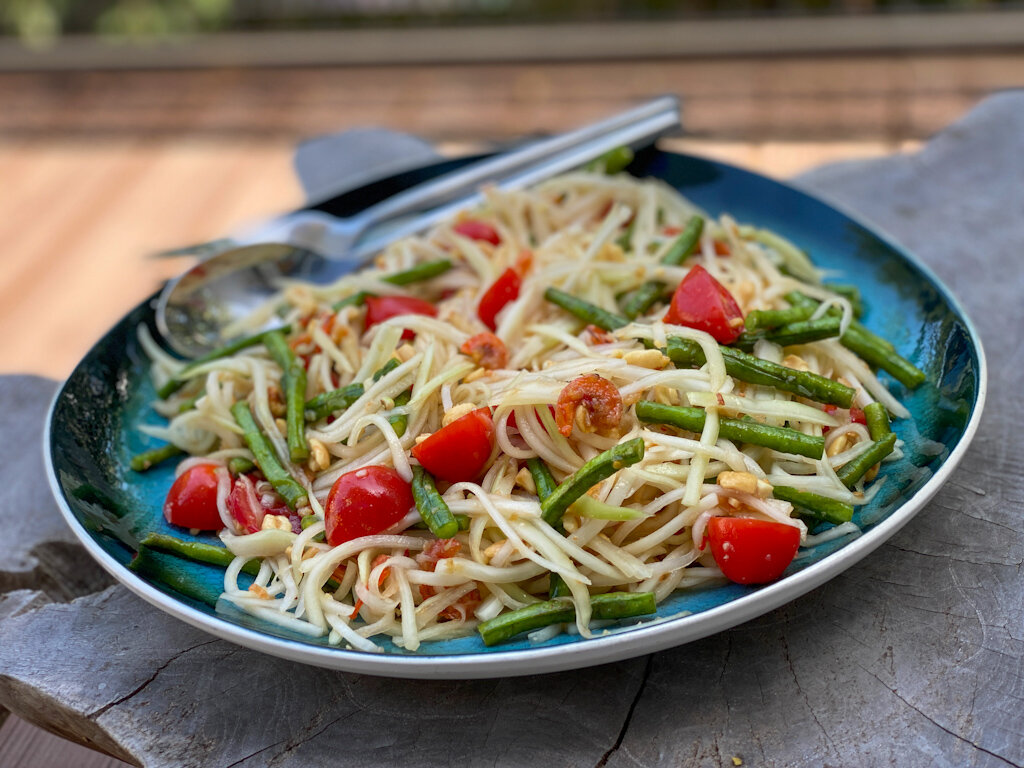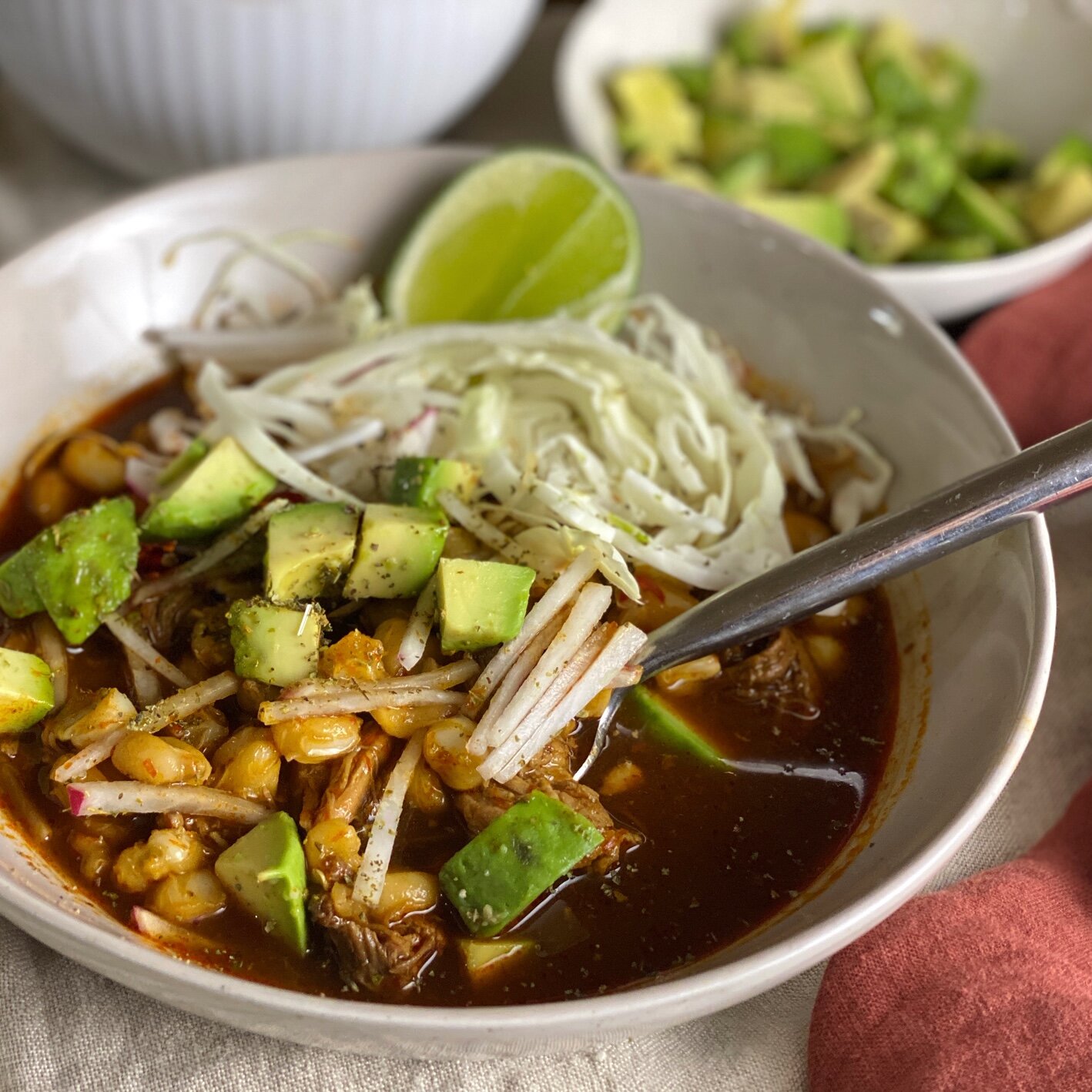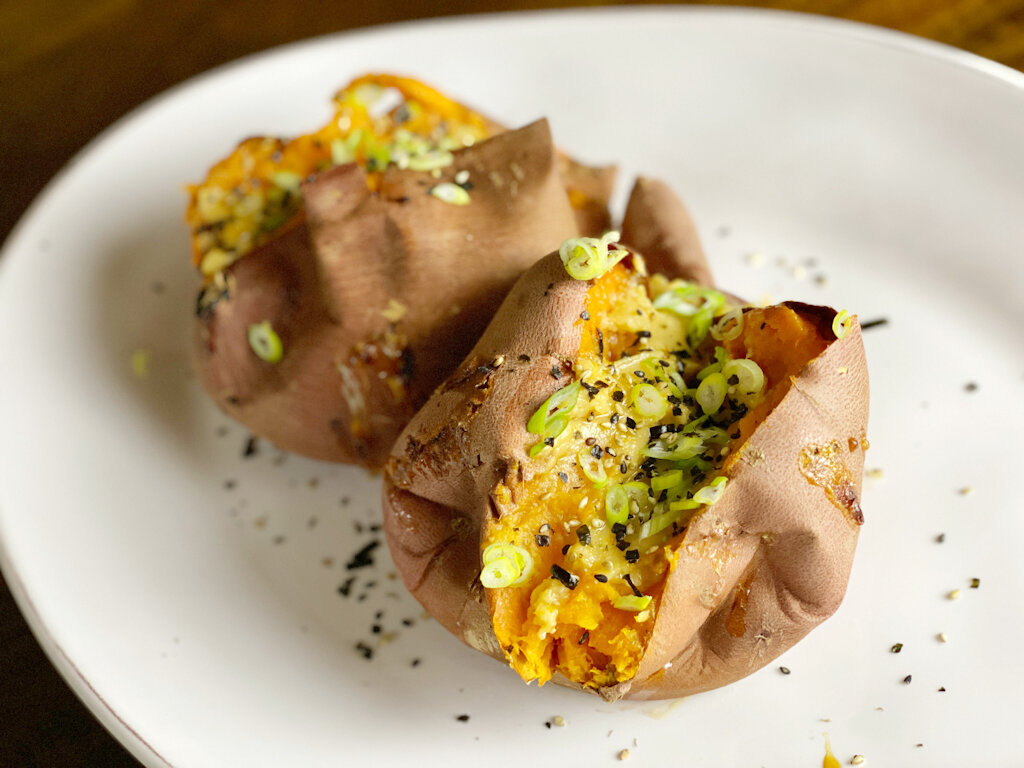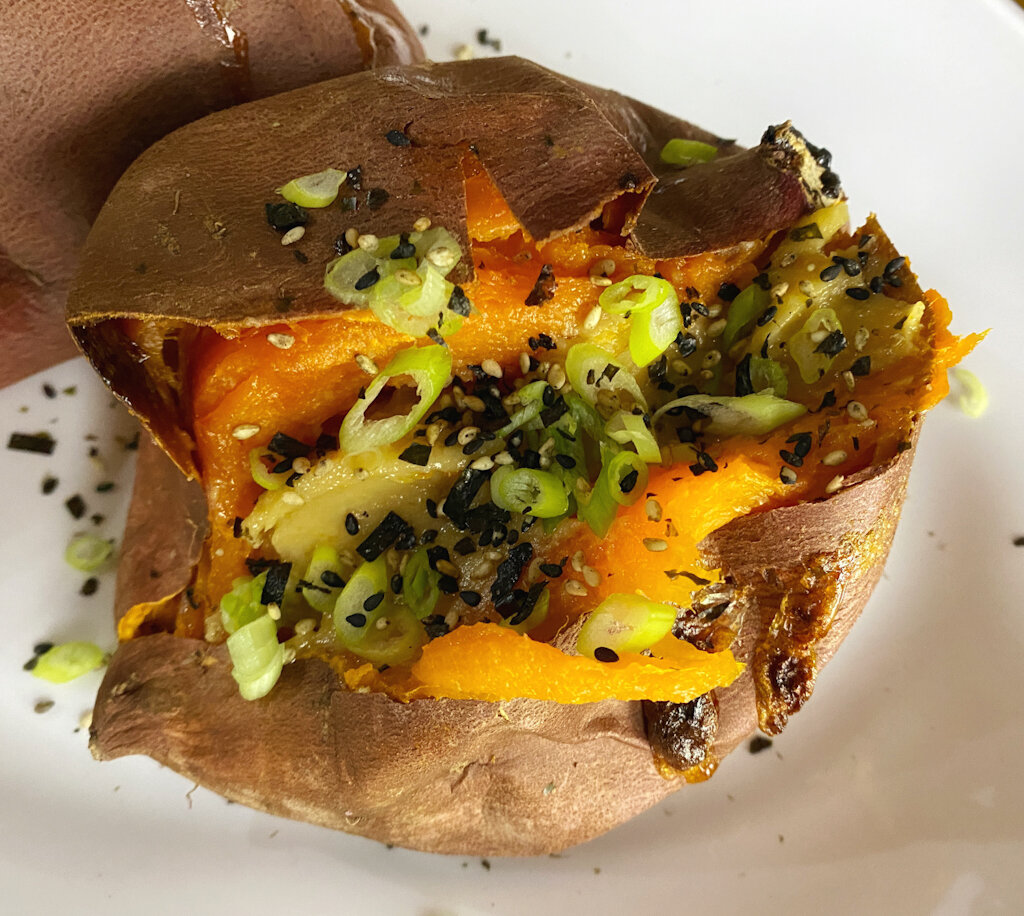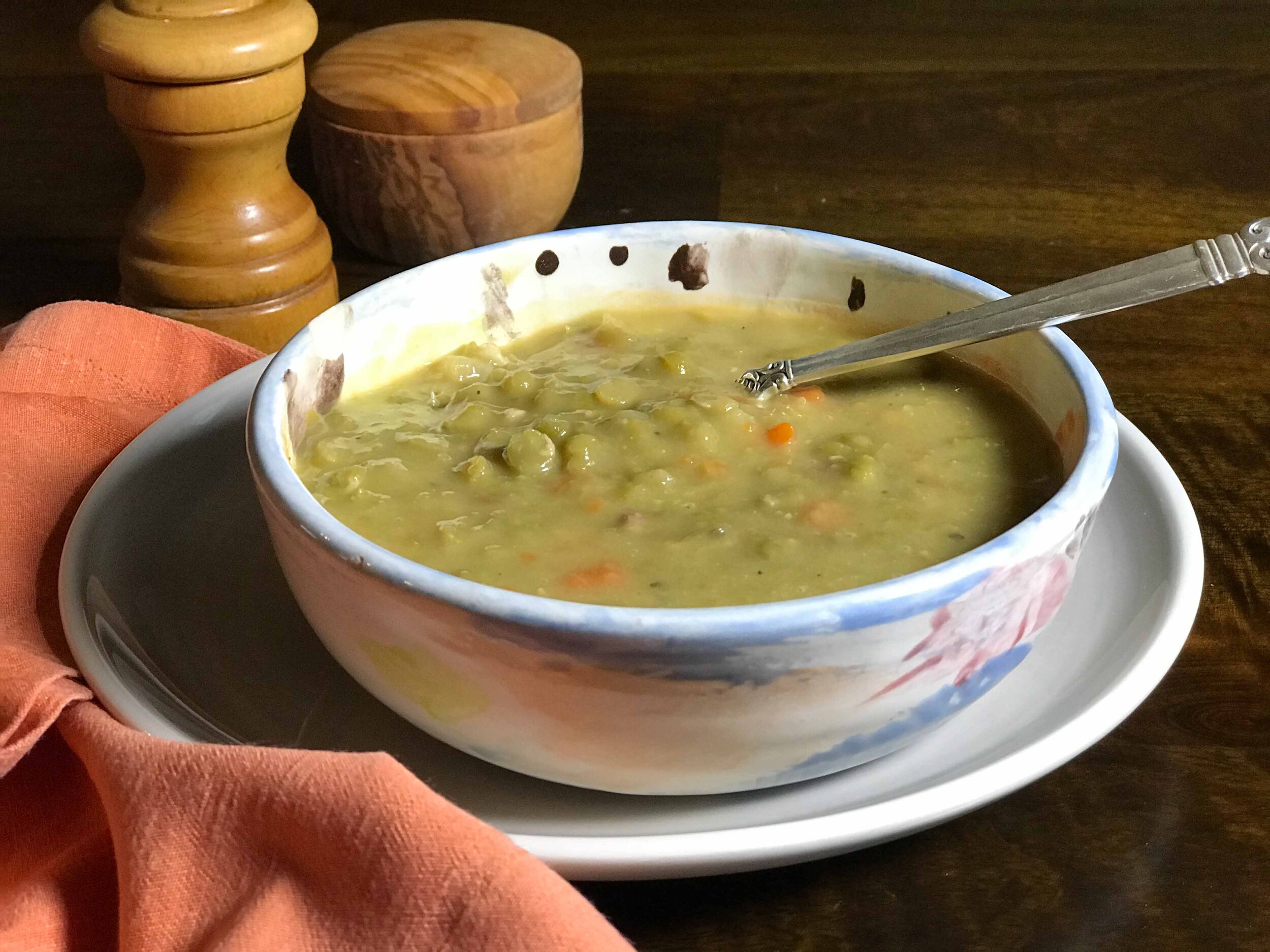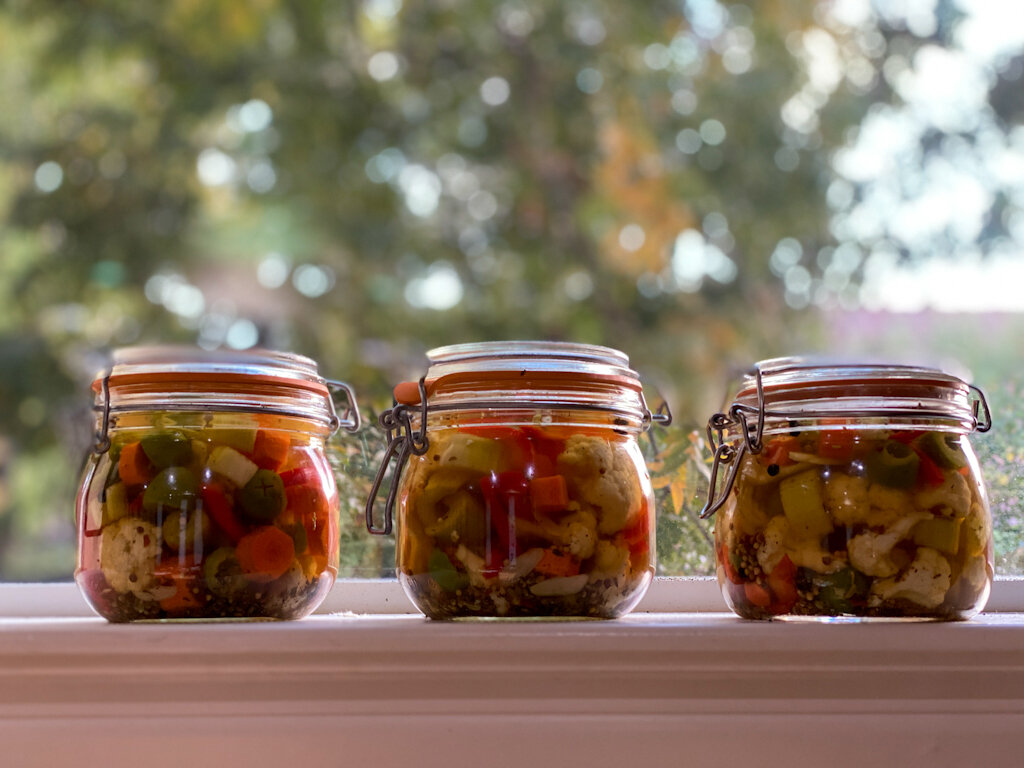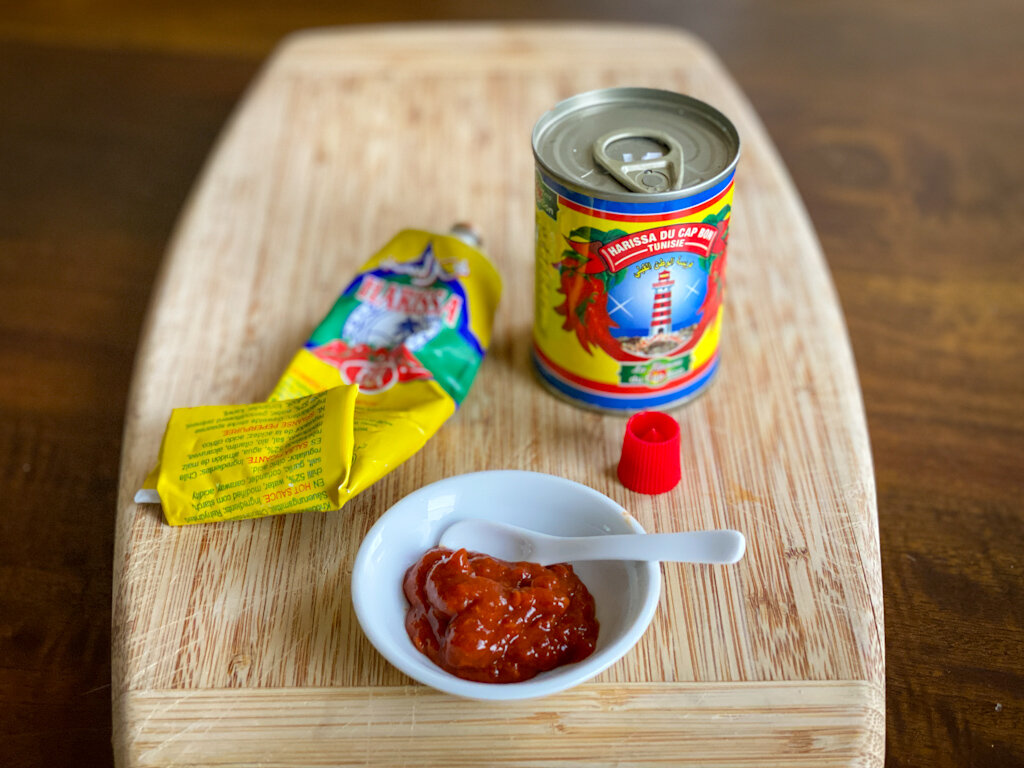Clockwise from upper left: Thai Tom Kha Kai; Tibetan Thukpa; Mexican Caldo de Pollo; Brazilian Canja de Galinha
It’s a rare dish that appears in cuisines all over the world. Chicken soup — the global feel-better elixir — is one of them. Soothing and comforting at a time when so many Americans are ailing from a pandemic or smarting from a bruising political battle, it is this season’s perfect panacea.
Chicken soup can celebrate what so many of us have in common: When someone sniffles, moms and grandmas (and increasingly pops and grandpas) around the globe drop chicken in water with aromatics and simmer away.
At the same time, from the Americas to Asia, from Eastern Europe to the Levant and Africa, chicken soups have the qualities and tastes that make every culture deliciously unique.
There’s the American-Jewish version I grew up with: a chicken in the pot with celery, onion, carrots and dill; egg noodles went in at the end. There are more colorful versions, like a Mexican caldo de pollo, zingy with lime, that might feature cabbage, zucchini, garbanzo beans or chunks of corn-on-the-cob — plus lots of cilantro.
Joan’s chicken soup — a classic Jewish-American bowl
There are tangy, herbal, coconutty versions, like Thailand’s tom kha kai; fragrantly spicy chicken soups called djaj from Lebananon or Morocco; peanutty versions like Ghana’s nkatenkwan. In China, there is rich and tonic qing dun quan ji, in which a chicken is blanched then long-simmered in water with a big piece of smashed ginger, scallions and Shaoxing wine; some cooks add tonic roots or goji berries toward the end.
Tibetan Thukpa has tomatoes, vermicelli, vegetables and chiles; in Iran, chickpea-and-lamb meatballs swim with the chicken in abgusht-e-margh ba kufteh-ye nokhodchi; and in Vietnam, big rice-noodle-happy bowls of pho ga, whose broth is scented with star-anise and cinnamon, come with an array of fresh herbs, bean sprouts and chiles to add in at the table.
Is it too much to dream that a trip around the world in a bowl of chicken soup might bring us together, help us understand each other, heal us as a nation?
Well, as my Jewish grandma would have said, “It vudn’t hoit!”
If you’ve always wanted to visit Rio, you might instead dive into a bowl of canja de galhina, Brazil’s beloved chicken-and-rice soup.
“Canja de galinha is the soup my grandma used to make — not just for me but for our whole family,” says Junior Borges, a super talented Rio-born chef in Dallas. Borges’ highly anticipated restaurant, Meridian — which will feature American cooking with Brazilian influences — is expected to open early next year.
The chef still enjoys canja; in fact his mom, who’s originally from Bahia, but now lives in Dallas, made him a bowl just last week.
“I think it’s definitely one of those comforting, comforting things. For us, it’s our chicken noodle soup.”
Canja de Galinha, from a recipe by Rio-born Dallas chef Junior Borges
The chef’s grandmother usually started with chicken neck, wings and thighs, “and served it with the bones and everything. Sometimes it had carrots or whatever we had in the kitchen, but always rice, chicken, the stock, and then you put a decent amount of olive oil and herbs — parsley, cilantro, maybe some scallions. Primarily green stuff, which goes into almost everything the Brazilians do.”
Gently seasoned with lime and finished with lots of parsley and cilantro, the version Borges shared with us — which is close to his grandma’s —starts with bone-in chicken legs or breasts (or both), which you remove from the bones for nicer presentation; it gets extra body from diced potato. The canja comes together surprisingly quickly; you can have it on the table within an hour.
Rio is just the first stop on our tour: In the coming weeks, we will feature chicken soups from all around the globe.
Stay well, everyone.







